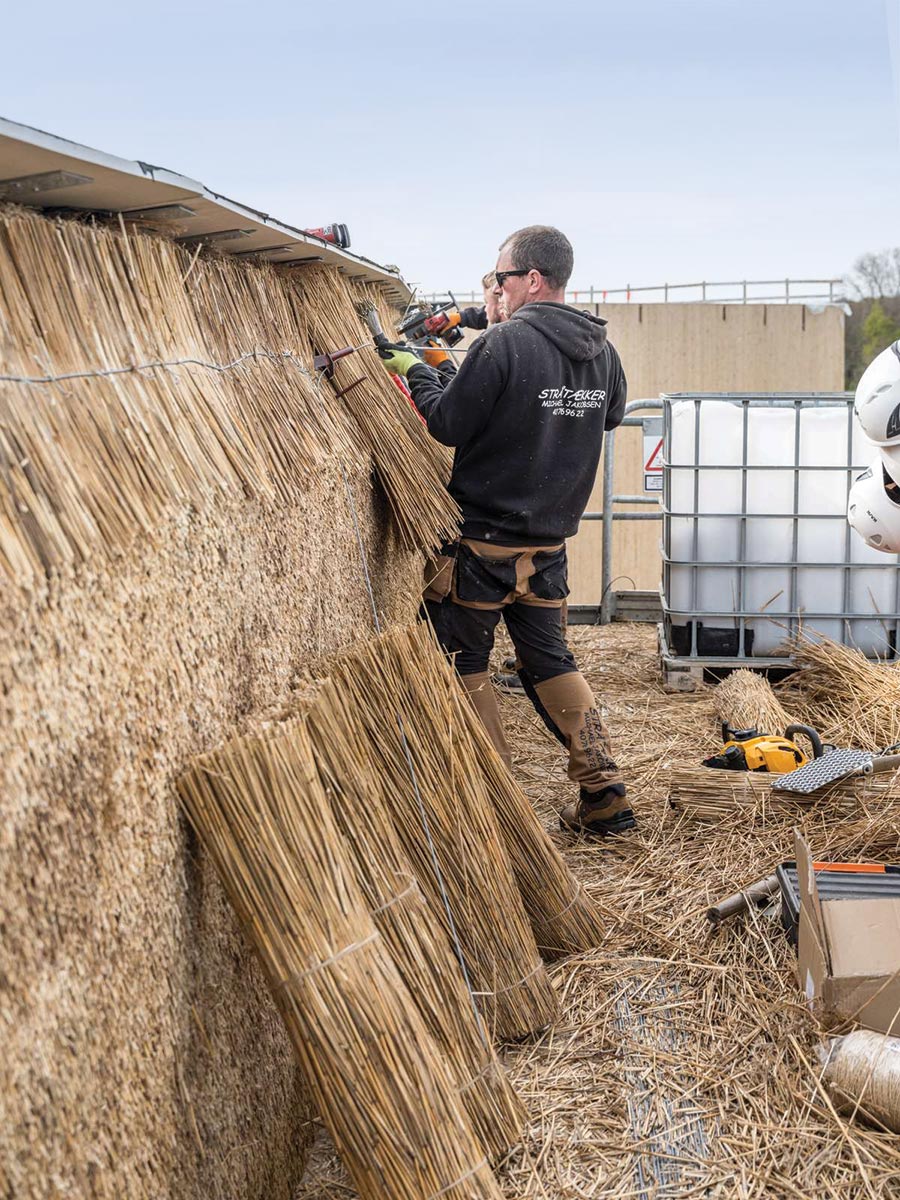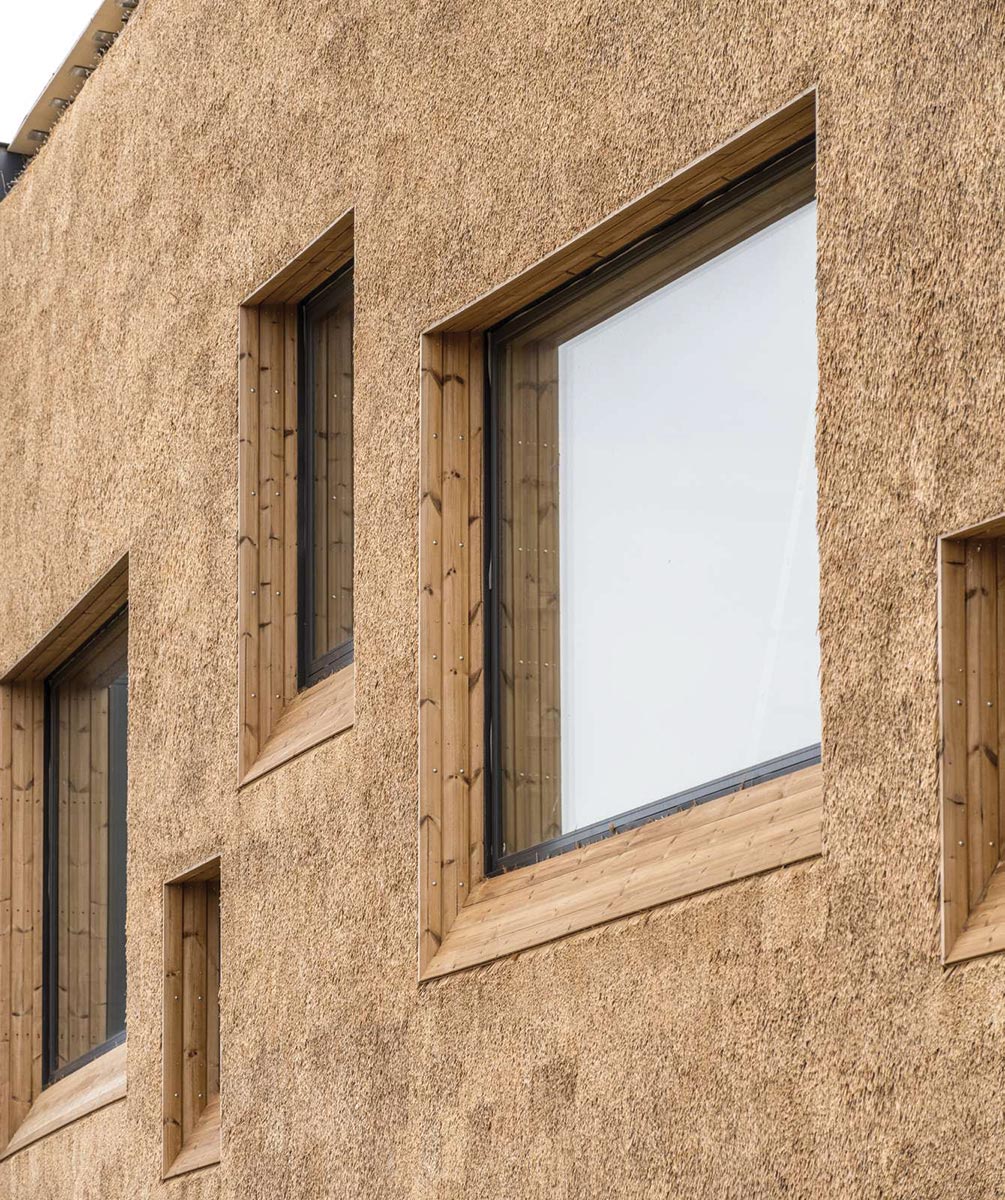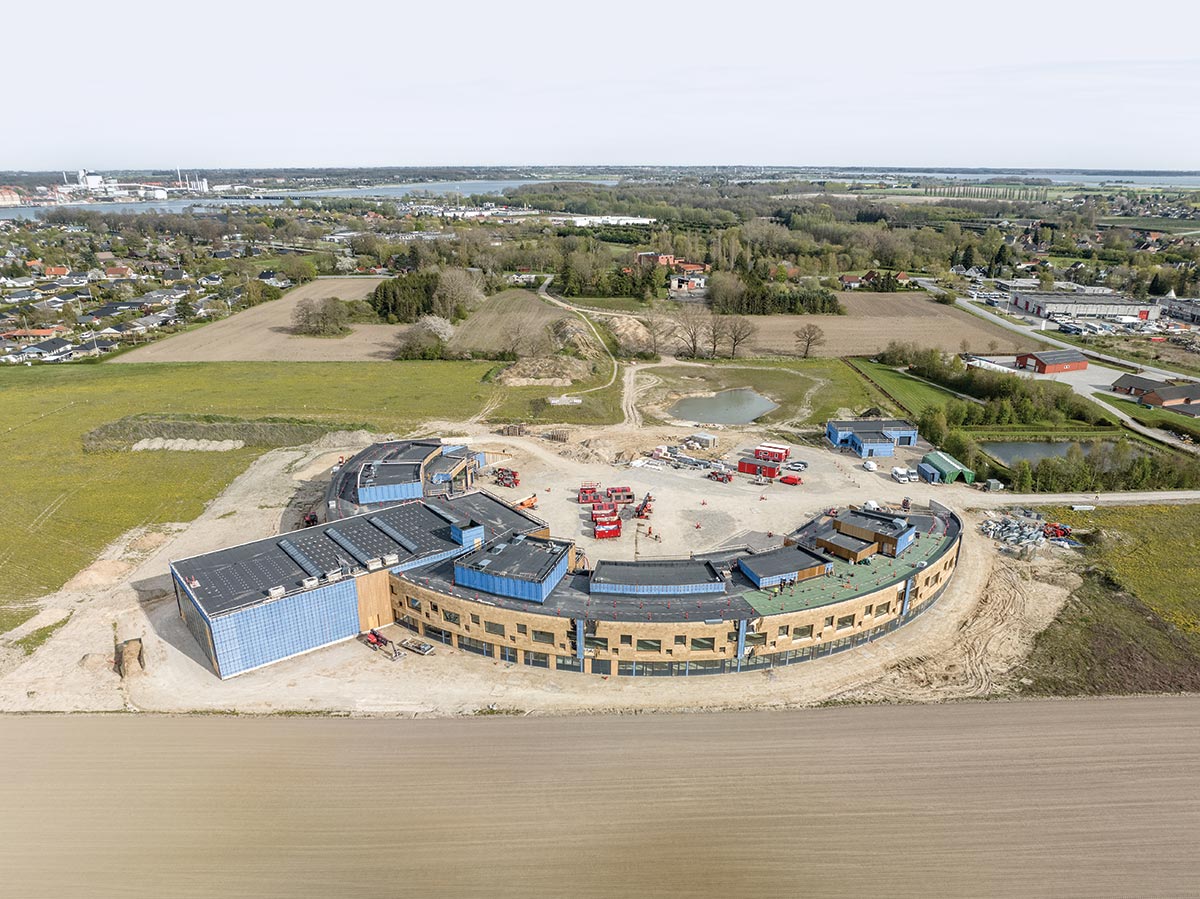Bio-Based Materials
 1 AIA LU/HSW; 0.1 ICC CEU; 0.1 IACET CEU*; 1 AIBD P-CE; AAA 1 Structured Learning Hour; This course can be self-reported to the AANB, as per their CE Guidelines; AAPEI 1 Structured Learning Hour; This course can be self-reported to the AIBC, as per their CE Guidelines.; MAA 1 Structured Learning Hour; This course can be self-reported to the NLAA.; This course can be self-reported to the NSAA; NWTAA 1 Structured Learning Hour; OAA 1 Learning Hour; SAA 1 Hour of Core Learning
1 AIA LU/HSW; 0.1 ICC CEU; 0.1 IACET CEU*; 1 AIBD P-CE; AAA 1 Structured Learning Hour; This course can be self-reported to the AANB, as per their CE Guidelines; AAPEI 1 Structured Learning Hour; This course can be self-reported to the AIBC, as per their CE Guidelines.; MAA 1 Structured Learning Hour; This course can be self-reported to the NLAA.; This course can be self-reported to the NSAA; NWTAA 1 Structured Learning Hour; OAA 1 Learning Hour; SAA 1 Hour of Core Learning
Learning Objectives:
- Discuss the health and environmental impacts of conventional manufactured building materials.
- Explain the carbon-storage properties and circular construction potential of agriculture-based building materials.
- Describe ways agriculture-based materials can be use in prefabricated and modular systems.
- Describe structural and fire-resistance properties of various bio-based materials and assemblies.
This course is part of the Indoor Environmental Quality: Healthy Design Academy
View course on architecturalrecord.com »

IMAGE: COURTESY HENNING LARSEN
The Sundby School in Denmark.
Bio-based building materials used to be mainstream. The roof of the Pentagon (which was built in the early 1940s) is insulated with horsehair. Until the mid-20th century, the great majority of construction components were biomass, primarily wood and agricultural fibers such as straw and hemp—health- and environment-wise, all good stuff. (That’s assuming responsible land stewardship.) Then along came oil, laying out a smorgasbord of new and newly available materials—and a banquet of consequences: dozens of chemicals that pose health risks, ranging from skin, eye, and throat irritation to infertility, asthma, and cancer are now widespread in building materials. From an environmental perspective, just three of construction’s most common components—concrete, steel, and aluminum—account for 23 percent of global carbon emissions. As the AEC sector faces up to a toxin-laced built environment on the wrong side of the carbon ledger, bio-based materials are looking better than ever.

Photography: © RASMUS HJORTSHØJ
The outward-facing curve of the Sundby School is clad in a nearly 10-inch-thick layer of thatch.
There are some nifty new options entering, or about to enter, the market. A self-supporting bio-composite facade panel for commercial buildings, developed by Arup and GXN Innovation, is designed for disassembly and recycling/reuse at the end of its life cycle. Carbon-sequestering structural blocks—under development by Prometheus Materials (a spin-off of a research program at the University of Colorado) and SOM (RECORD, May 2023)—use an algae-based concrete alternative. A high-performance glazing system being designed by University of North Carolina architecture professor Kyoung Hee Kim, integrates carbon-storing microalgae screens into biochromic windows. Patent-pending products developed by Mycocycle, a materials startup, leverage the natural functions of mycelium (the root structure of fungi) to transform a range of construction wastes—including gypsum, asphalt, and plastic polymers—into toxin-free new materials.

PHOTOGRAPHY: © RASMUS HJORTSHØJ
The thatched facade of the Sundby School is expected to last 80 to 100 years.

PHOTOGRAPHY: © RASMUS HJORTSHØJ
But, exciting though these prospects may be, some of the most significant opportunities for bio-based building are already on the ground, literally. Agricultural wastes such as straw (the stems of grain crops, not to be confused with hay, which is dried grass used for animal feed) and hemp hurd (the woody, inner part of the stem, a by-product of processing the plant for textile fiber) sequester carbon five to 10 times more effectively than wood. Wheat straw, for example, is 40 percent carbon, as measured by weight. These materials pose no health risks. They are insulative, acoustically absorptive, and, of course, rapidly renewable. Plus, using them for building components creates new markets for farmers.
Agrifibers just have a bit of an image issue. “The lack of awareness or misperception around the viability of the material may be the biggest barrier right now,” says Jacob Deva Racusin, director of sustainability and building science at New Frameworks, one of the conveners—along with MASS Design Group and Ha/f Climate Design—of a recent summit, held in Boston, with representatives from all along the bio-based materials value chain. “And that’s across all sectors, from practitioners to regulators to the market,” he says.
Starting to change perceptions around these materials are precedent-setting projects that demonstrate agrifiber’s suitability for 21st-century architecture. Outstanding examples include a pair of schools in Denmark, by Henning Larsen; an exhibition pavilion in the Netherlands, by Overtreders W (for Winnie-the-Pooh fans, that’s a reference in Dutch to Piglet’s grandfather); and two guest cabins in upstate New York, by youarethecity.
Sundby School and Feldballe School, designed by the Copenhagen-based Henning Larsen, each model a different application for bio-based materials—Sundby by innovating with a heritage craft in a contemporary building envelope and Feldballe pioneering a pre-fabricated system of straw-insulated structural panels. “The big achievement in these projects is that they combine doing good architecture with a biogenic response,” says Eva Ravnborg, project director at Henning Larsen. “They’re not compromising one or the other.”
Winner of a World Architecture Festival Award for Best Future School, the two-story, 91,000-square-foot Sundby School, designed in partnership with skala architecture and now nearing completion, is the first primary school in Denmark to earn the Nordic Swan Ecolabel. Located in the rural area of Lolland-Falster, in a low-income region of the country where children commonly grow up “with not necessarily the biggest sense of pride in where they come from,” Ravnborg says, the design aims to elevate students’ views of their place.

PHOTOGRAPHY: © RASMUS HJORTSHØJ
An extension to the Feldballe School, in Denmark, features panels that are wood on the exterior, clay plaster on the inside, and stuffed with compressed straw.

PHOTOGRAPHY: © HELENE HØYER MIKKELSEN










